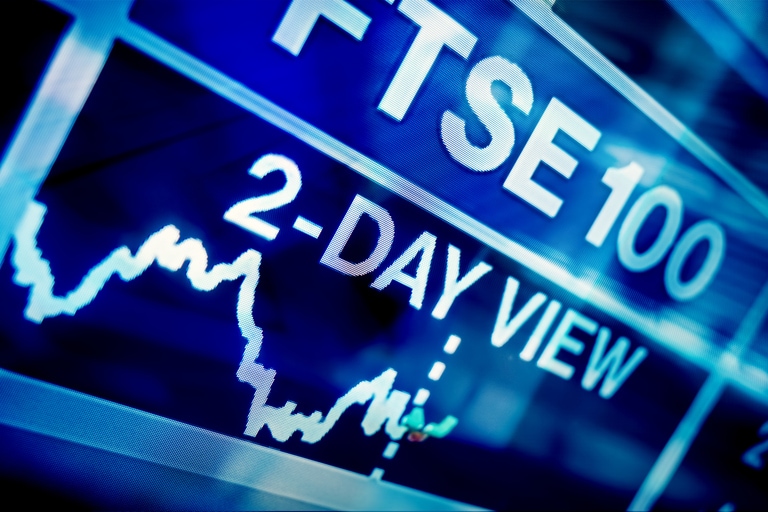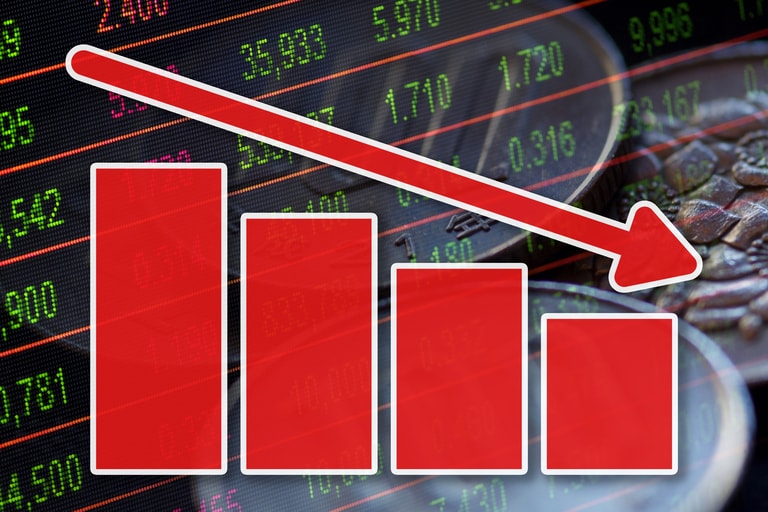Depending on your narrative, Friday’s US payrolls report was both disappointing, but also pointed to the prospect of a more hawkish response from the US Federal Reserve when it meets later this month when it comes to deciding on accelerating its taper program.
It is true that the headline number was on the low side, coming in at 210k, and the lowest jobs number this year, but it was hardly a disappointing report, and these numbers do tend to get revised upwards in subsequent months. We only have to look back at the September report which came in at 194k and was subsequently revised up to 312k.
The unemployment rate was much more encouraging, falling back to 4.2%, from 4.6%, while the participation rate rose to 61.8%, as more people returned to the workforce.
On wages, there was little sign of upward pressure on inflation, remaining unchanged at 4.8%. One reason for the weak headline number is weak payrolls growth in leisure and hospitality, while away from that the household survey saw strong gains, with vacancy rates still very high.
The bond market reaction was also puzzling, yields dropping sharply in response to Friday’s economic numbers. The fall in the unemployment rate, along a record high in the services ISM report showed a US economy that appears to be holding up well, despite the challenges posed by the Delta variant, and concerns around the spread of Omicron.
US stocks also underwent a collective bout of vertigo, sliding for the second week in succession, in a sign that suggests we might be at risk of further losses as we head towards next week’s central bank meetings, from the Federal Reserve, Bank of England and European Central Bank.
Given how well markets have performed this year, and liquidity likely to diminish the nearer we get to the Christmas period, there is a risk that what we are seeing from investors is a collective “what we have we hold” attitude to risk management, with the prospect that we might see further profit taking in the days ahead, especially if this week’s US CPI report for November surges to a new 31 year high.
This may help explain the move back into US treasuries as investors reorientate their asset allocation heading into year end, moving out of stocks and into government bonds.
European stocks also appear to be finding further progress difficult, with the DAX down for the second week in a row as Germany struggles to deal with surging cases of Delta that are threatening to overwhelm its health service, while across the world political leaders appear to be panicking over the threat posed by the Omicron variant, by imposing new restrictions on travel.
While still early days, the evidence continues to support the notion that while Omicron is more transmissible it doesn’t appear to be more deadly with no deaths currently reported because of the virus.
Nonetheless markets appear to be becoming increasingly twitchy, whether it be over Omicron, or the ability of Europe to deal with its current problem with Delta. Nonetheless, despite these concerns European markets look set to start the week in a positive fashion, with Asia markets trading cautiously with little in the way of news flow to drive direction.
In currency markets the Australian dollar and the pound both had disappointing weeks, with Aussie the worst performer as we look ahead to tomorrow’s RBA meeting, where the central bank might spring a hawkish surprise, which in turn could prompt a sharp short squeeze in a currency that has fallen for five weeks in a row and is trading at 14-month lows.
The pound also suffered in the latter part of last week after external MPC member Michael Saunders appeared to cool his enthusiasm for a possible rate rise later this month. Saunders has been one of the more hawkish voices on the MPC arguing that the central bank needs to start pulling back on its QE program and start to look at hiking rates. He voted for a modest rate increase in November. His caution appears to stem from the recent concerns over Omicron, although he cautioned that waiting also posed risks. Today we’ll get to hear from his colleague Ben Broadbent when he speaks at an event at Leeds University.
EURUSD – currently have resistance at the 1.1385 level, with larger resistance at the 1.1420 area. The key support remains at the November lows at 1.1185, as well as the 1.1160 level. A move through 1.1420 argues for a move back to the 1.1520 level.
GBPUSD – currently has some has support at the bottom of the channel below 1.3200 near to the 1.3160 area but the lack of a rebound is worry. A break of 1.3160 opens up the 1.3000 level. We need to recover back above the 1.3400 level to stabilise and move towards the 1.3500 level.
EURGBP – moving up towards the 200-day MA and trend line resistance from the September 2020 highs, at 0.8560. A break of 0.8570 opens up the 0.8600 level. Support remains at the 0.8480 level and needs to break below this level to diminish the risk of further gains.
USDJPY – the lack of a rebound through the 113.60 area could see a break below the 112.50 level towards the 111.80 area.
CMC Markets erbjuder sin tjänst som ”execution only”. Detta material (antingen uttryckt eller inte) är endast för allmän information och tar inte hänsyn till dina personliga omständigheter eller mål. Ingenting i detta material är (eller bör anses vara) finansiella, investeringar eller andra råd som beroende bör läggas på. Inget yttrande i materialet utgör en rekommendation från CMC Markets eller författaren om en viss investering, säkerhet, transaktion eller investeringsstrategi. Detta innehåll har inte skapats i enlighet med de regler som finns för oberoende investeringsrådgivning. Även om vi inte uttryckligen hindras från att handla innan vi har tillhandhållit detta innehåll försöker vi inte dra nytta av det innan det sprids.






